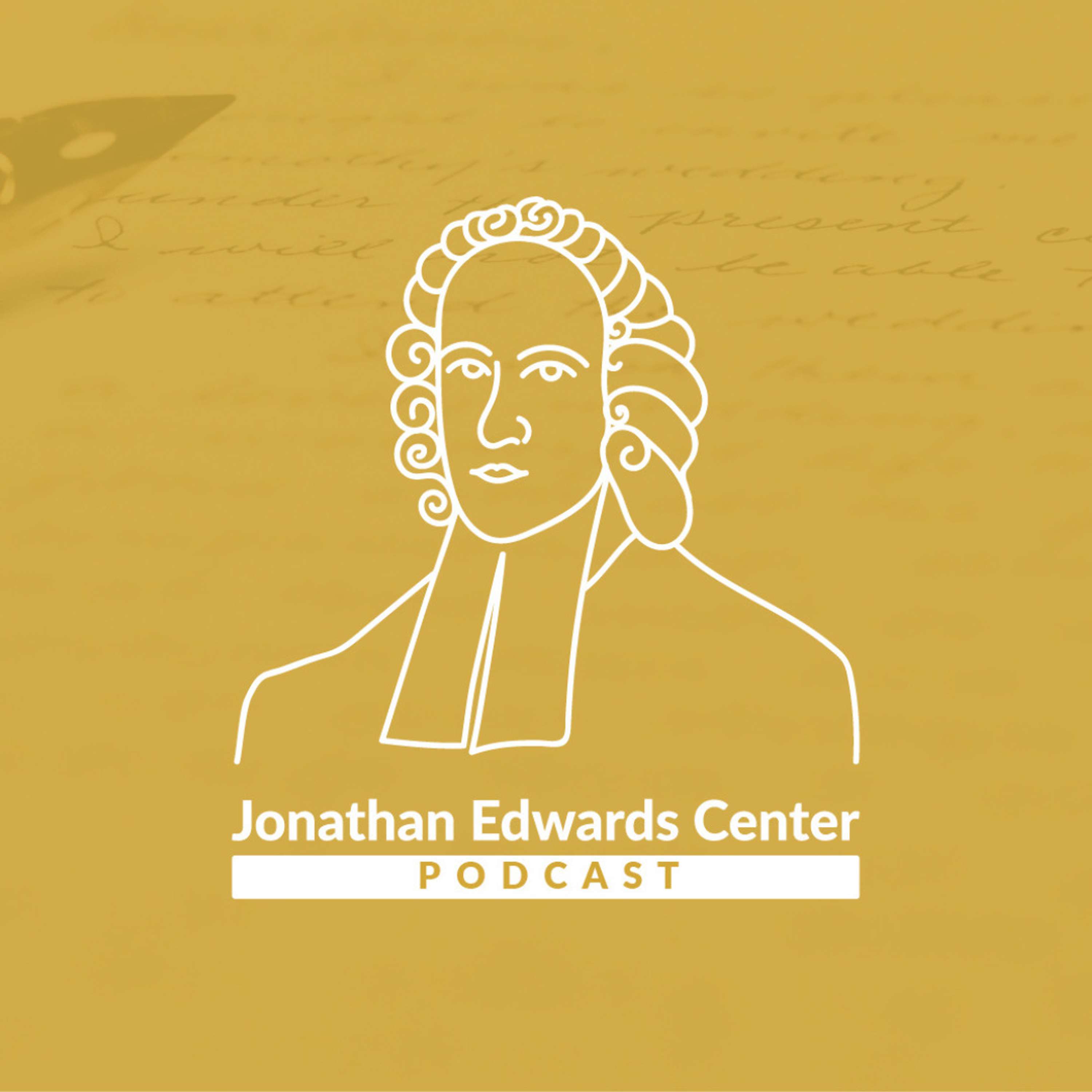It’s a truism that every heresy in the history of the church can be found during its first four centuries. Ebionism, for example, an early heresy which denied the divinity of Jesus, is taught (in a modern form) from the pulpits of mainline liberal churches and religion departments in academic institutions today. Gnosticism, being notoriously amorphous, has diverse contemporary manifestations. The bumper sticker, “we are spiritual beings having a human experience” captures an anodyne New Age appropriation of Gnosticism.
Radically dichotomizing the spiritual and the physical is an age-old theological error. Augustine of Hippo (354-430 AD) knew from experience the challenge of reconciling a world created by an omnipotent and omniscient creator that still contained evil. This specific problem led the future bishop to Manichaeism, a religion based on the teaching of the Persian prophet, Mani (216-274 AD). Mani, along with his intellectual disciples, acknowledged the objective existence of evil as an eternal principle. He believed in a dualism with an ongoing cosmic battle between spiritual forces. Evil was thus an intrinsic part of the universe.
The Confessions features Augustine’s ongoing conversation with Manichee teaching. He notes their viewpoints, offers counter arguments, and refutes certain doctrines. Critical editions of the Confessions offer explanatory footnotes – a reminder that Manichean doctrine did not prove sufficiently powerful or compelling as a religion beyond late antiquity. In the early Middle Ages, the Albigenses, a sect that advocated Manichean ideas, was crushed in a Crusade sanctioned by Pope Innocent III in 1208.
Perhaps the most well-known modern iteration of Manichaeism is the Shakers, a cult that began in New England during the late eighteenth century. Led by the English immigrant and former midwife “Mother” Ann Lee (1736-1784), her followers would perform ecstatic dances under the supposed prompting of the Holy Spirit. Prophetic claims, speaking in tongues, even dancing, are not unique among cults. Early Mormons spoke in tongues, the Albigenses condemned marriage. What made the Shakers unique was Ann Lee’s teaching that sex is the origin of evil. Some Gnostics also taught this view, and scholars believe Manichaeism was informed by Gnostic teachings.1
Ann Lee required that all her disciples without exception maintain strict, lifelong abstinence. Lee’s logic was first grounded in belief in the imminent return of Jesus Christ. While they awaited the parousia, Shaker communities lived a communal life centered in New York state and are usually known for weaving baskets and furniture. Remarkably, Shaker communities maintained stalwart resistance to sex and procreation. As of today, there are only a handful of Shakers in the United States. It appears that the sect has met its (bio)logical end.
Like the Albigenses, the Shakers did not identify themselves as spiritual or intellectual ancestors of Mani. Their solution to the existence of evil, however, required that it be inherent, materially or metaphysically. Augustine rejected this thesis. In book VII of his Confessions, he wrote,
“I inquired what wickedness is; and I did not find a substance but a perversity of will twisted away from the highest substance, you O God, towards inferior things, rejecting its own inner life and swelling with external matter.”2
Augustine reasoned that God, by definition, cannot be corrupted. If the world then is distinct from God, it can only become evil by corruption—falling short of an intended purpose. For human beings, this meant turning away from God by an act of the will. Manichean teachers, like the Gnostics, understood salvation as enlightenment. Purity came through knowing how to avoid corruption outside, not acknowledging corruption within, or its pervasiveness.
You may have never heard of Manichaeism, or the Albigenses, or even Ann Lee—at least outside of a church history course. Most people in the west, however, acknowledge the existence of evil—a concession that invariably leads to religious questions. Locating evil in creation is one approach.
In popular culture, for example, a push to not have children for the sake of saving the natural environment has a Manichean ring. Granted, such advocates have, unlike Ann Lee, a high view of sex as an act of pleasure or fulfillment. Children, however, are seen as the potential contributors to (among other ills) climate change. Even skepticism about the goodness and benefits of marriage, based on a fear of emotional and financial risk comes from a desire not to be enmeshed in this age. As Manichees, Augustine and his friends were averse to marriage, believing that it would prove a spiritual and intellectual hindrance.
In the Confessions, Augustine mentions peculiar Manichean taboos such as not eating meat, or a rejection of the Old Testament on account of polygamy and warfare. The Manichees denied the historicity of the Exodus, the Virgin birth, and Jesus’ crucifixion. While it’s not precisely clear how all these views cohere, a common theme is a rejection of God working in and through sinful agents.
Augustine comments that he once looked down on the Bible. For a Manichee, salvation came to the electi, not any seeker, not anyone who “called upon the name of the Lord.” After his conversion, Augustine reflected that pride caused him to misunderstand the Bible. He explained,
“The Bible offered itself to all in very accessible words and the most humble style of diction, while also exercising the concentration of those who are not light of heart. It welcomes all people to its generous embrace, and also brings a few to you through narrow openings. Though the latter are few, they are much more numerous than would be the case if the Bible did not stand out by its high authority and if it had not drawn crowds to the bosom of its holy humility.” 3
The Bible, like Christ himself, came in humility. This was a strength, not a weakness. God in the flesh condescended to save a broken world, to take on its sin while remaining sinless. He loved the world, and his beloved live before him in this world, even if by divine mystery, they are not of this world.
1 Even the mature Augustine suggests in the Confessions and other writings that an aspect of the sexual union (concupiscience) is sinful—even if sex itself is not.
2 Confessions, Henry Chadwick, ed., trans. (New York: Oxford University Press, 1991), 126.
3 Ibid, 96.
Read More

Comfort Twice Over
When we provide comfort to fellow believers, we are the means by which God has chosen to provide his comfort.

Inheritance & Glory: Our Vocation
For believers, while heaven may seem long away, our eternal inheritance is already available to us in the here and now.
Listen
Brian Borgman
On this episode of The Jonathan Edwards Center Podcast, Dr. Chris Woznicki interviews Dr. Brian Borgman regarding his book, Jonathan Edwards on Genesis. They discuss Edwards as an exegete, as an interpreter of scripture, specifically looking at Genes

The Dents
Tyler sits down with longtime missionaries and retired Gateway faculty, Don and Anne Dent. The Dents served with the IMB for over 30 years and most recently at Gateway Seminary. In this episode, they reflect on their past experiences from working in the mission field

Watch

Jonathan Edwards and the Asbury Revival
Chris Chun and Chris Woznicki discuss the signs of true revival, signs of the work of the Holy Spirit, and why it is important to critically assess the characteristics of revival in a spirit of charity.

Jonathan Edwards and the Baptists | Douglas Sweeney, Nathan Finn and Chris Chun
Dr. Douglas Sweeney and Dr. Nathan Finn joined Dr. Chris Chun for a panel discussion on Jonathan Edwards, recorded live at the SBC Annual Meeting in Anaheim.




